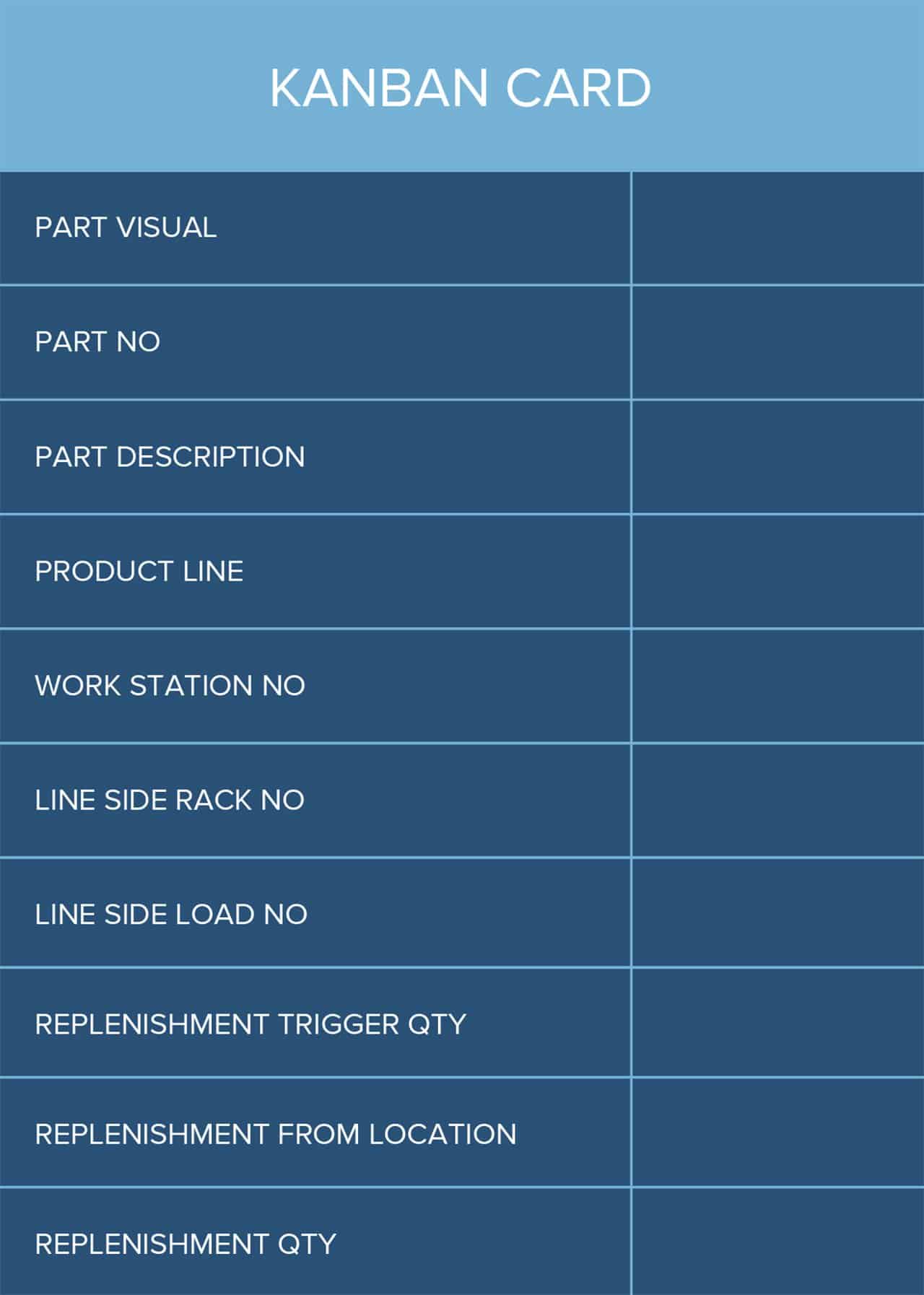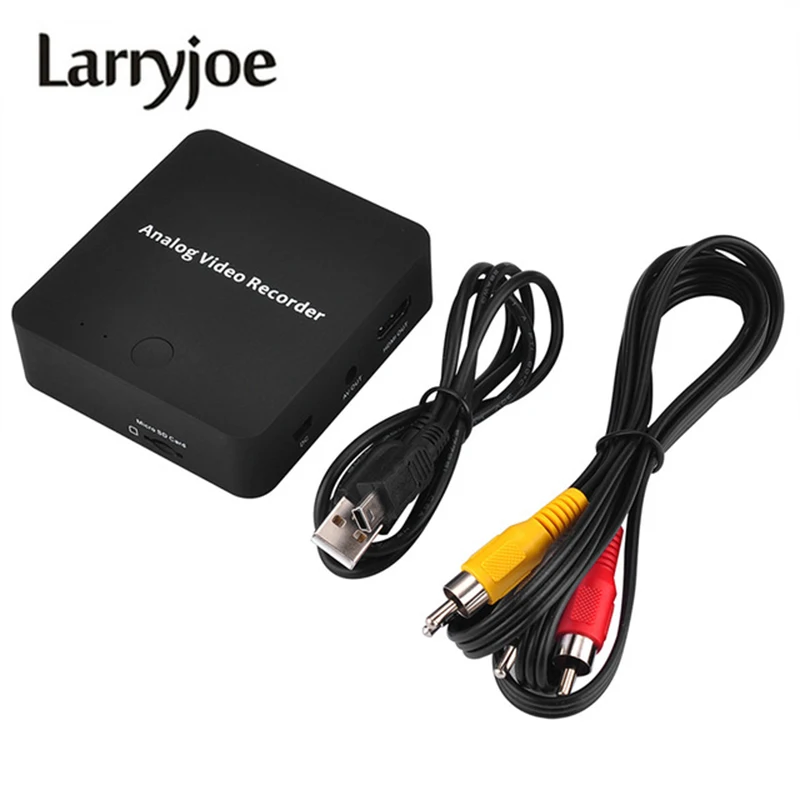
These have the best differential non-linearity. Wilkinson ADCs are the best of the three. Here, non-linearity arises from accumulating errors from the subtraction processes. For successive approximation ADCs, poor linearity is also apparent, but less so than for flash ADCs. Flash ADCs have a resulting poor linearity.

Flash ADCs have drifts and uncertainties associated with the comparator levels, which lead to poor uniformity in channel width. There is, as expected, somewhat of a trade off between speed and precision. For an 8-bit unit, conversion takes place in a few tens of nanoseconds. The conversion is basically performed in a single parallel step.

Flash ADCs are certainly the fastest type of the three. Thus there are competing processes at work. Since analog is inherently slower than digital, as the number of channels increases, the time required also increases. However, the time consuming steps in the Wilkinson are digital, while those in the successive approximation are analog. Thus for a large number of channels, it is possible that the successive approximation ADC is faster than the Wilkinson. For a successive approximation ADC, the conversion time scales with the logarithm of the number of channels. The conversion time is directly proportional to the number of channels. Currently, frequencies up to 300 MHz are possible. The Wilkinson ADC is limited by the clock rate which is processable by current digital circuits. These non-linearities reduce the dynamic range of the signals that can be digitized by the ADC, also reducing the effective resolution of the ADC. Important parameters for linearity are integral non-linearity (INL) and differential non-linearity (DNL). These errors can sometimes be mitigated by calibration, or prevented by testing.
ANALOG TO DIGITAL VIDEO CONVERTER CARD FULL
In the above example of an eight-bit ADC, an error of one LSB is 1/256 of the full signal range, or about 0.4%.Īll ADCs suffer from non-linearity errors caused by their physical imperfections, resulting in their output to deviate from a linear function (or some other function, in the case of a deliberately non-linear ADC) of their input.

These errors are measured in a unit called the LSB, which is an abbreviation for least significant bit. There is also a so-called aperture error which is due to a clock jitter and is revealed when digitizing a time-variant signal (not a constant value). Quantization error and (assuming the ADC is intended to be linear) non-linearity is intrinsic to any analog-to-digital conversion.


 0 kommentar(er)
0 kommentar(er)
